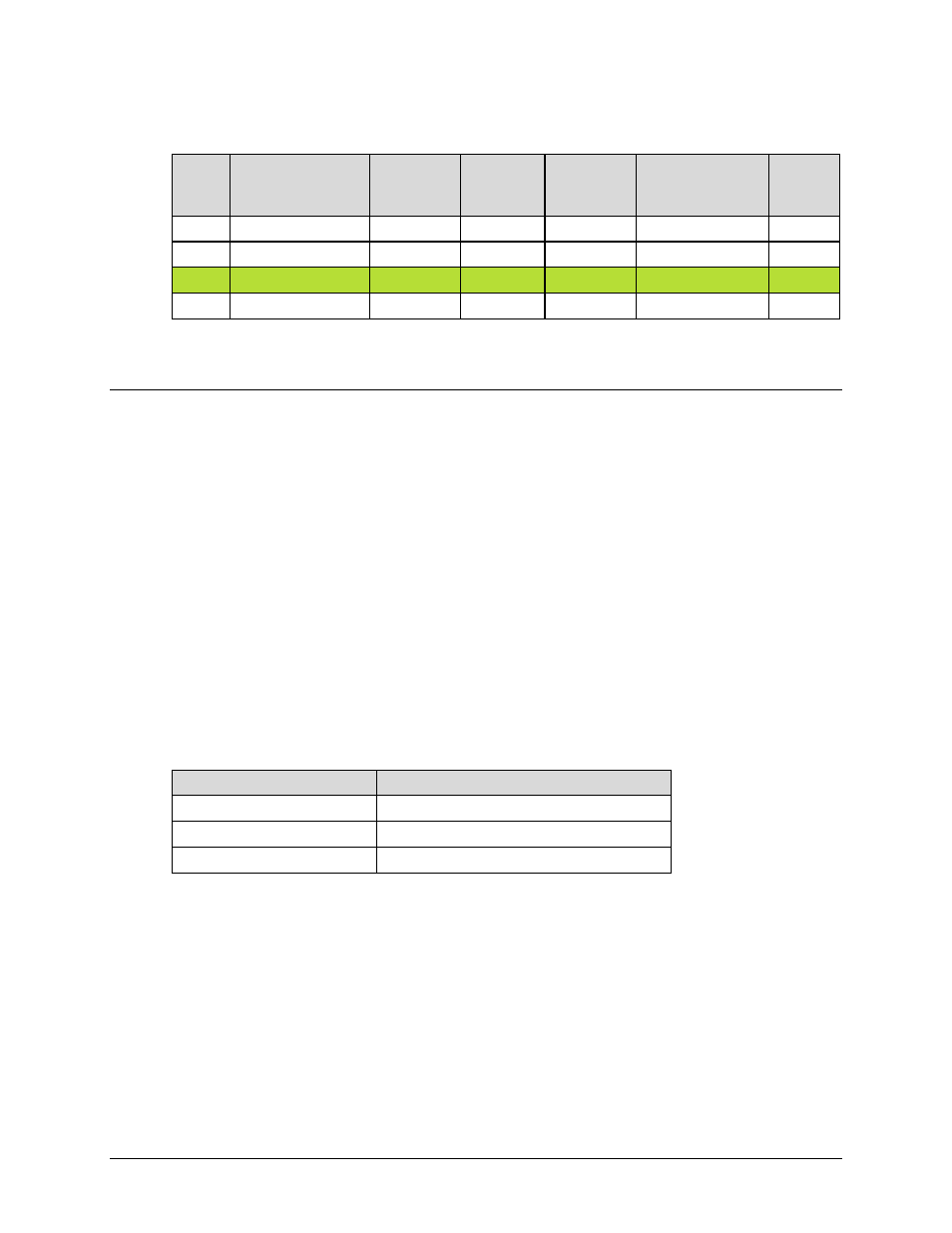D.4.6.1 asymmetric data rate link – Comtech EF Data CDM-750 User Manual
Page 271

CDM-750 Advanced High-Speed Trunking Modem
Revision 2
Appendix D
MN-CDM750
D–13
The link budget summary for the different ModCod combinations is as follows:
S. No.
Modulation & FEC
Allocated
BW (MHz)
PEB (MHz) Leased BW
(MHz)
Savings Compared
to Original
PSD
Ratio
(dB)
1
S2 8PSK 5/6
18.2
26.9
26.9
25%
0.0
2
S2 8PSK 8/9
17.9
34.9
34.9
4%
0.0
3
S2 16APSK 2/3
17.35
25.1
25.1
31%
0.0
4
S2 16APSK 5/6
13.9
38.3
38.3
-9.7%
0.0
Based on this analysis, S2 16APSK 2/3 with CnC provides the maximum savings of 31%.
D.4.6.1 Asymmetric Data Rate Link
As occupied (or allocated) bandwidth of a CnC circuit is dictated by the larger of the two carriers,
it is strongly recommended that the smaller carrier be spread as much as possible using a lower
order modulation and/or FEC, while meeting the CnC ratio spec. Spreading the smaller carrier
using a lower order modulation has multiple benefits:
• Lower order modulation is always more robust;
• Lower order modulation uses less transponder power – this reduces total required
transponder power, and increases available link margin;
• Lower order modulation uses less transmit power on the ground – this can significantly
reduce the BUC/SSPA size not only by reducing the transmit EIRP, but also by reducing
the BUC/SSPA backoff.
Consider the following example:
Satellite & Transponder
IS-901 @ 342º W, 22/22 (EH/EH)
Earth Station 1
Africa – 4.5 m
Earth Station 2
Africa – 3.6 m
Data Rate
30 Mbps / 10 Mbps
While the traditional link was based on 8PSK, TPC 3/4 and required 27.8 MHz of leased bandwidth,
the CnC link was based on 8PSK 3/4 and 8PSK 3/5 and required 19.3 MHz of leased bandwidth.
